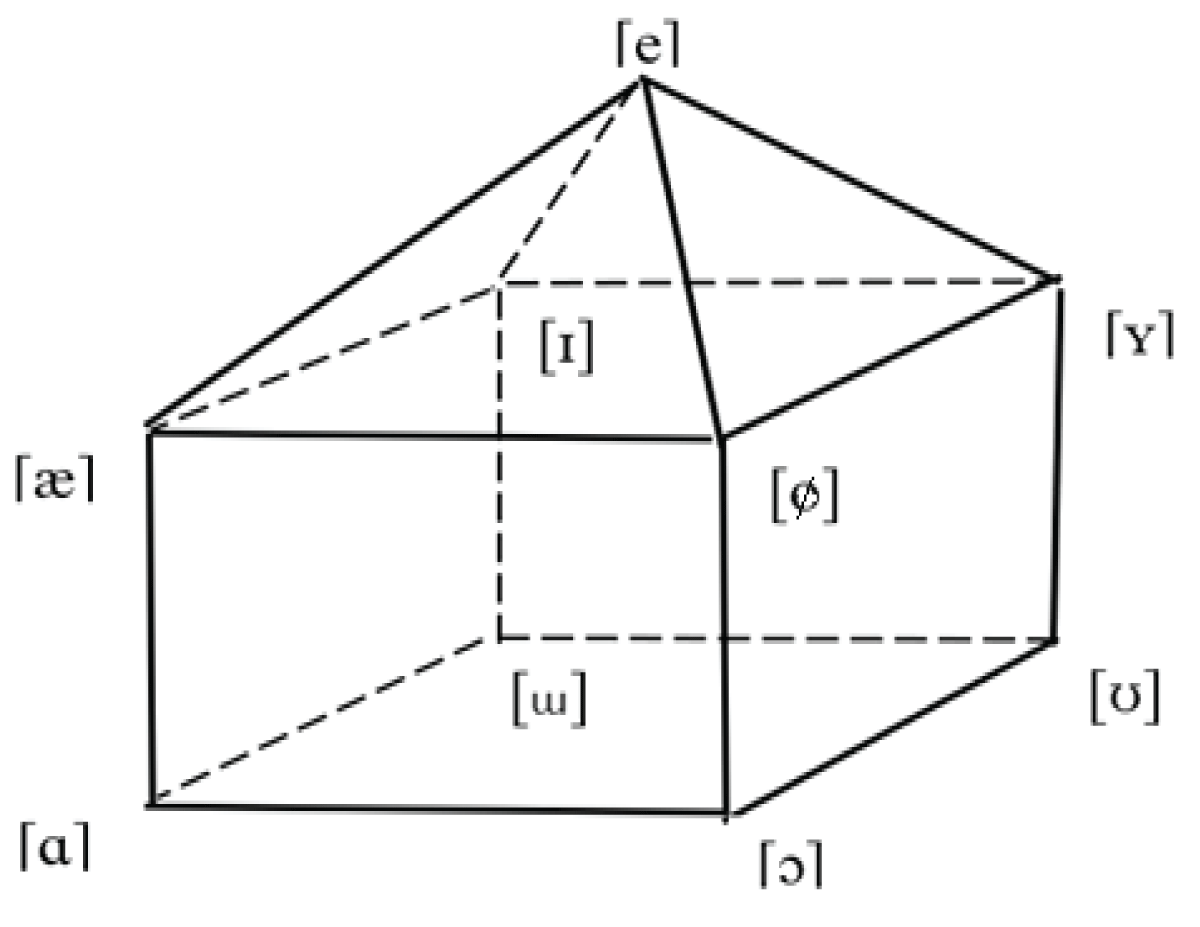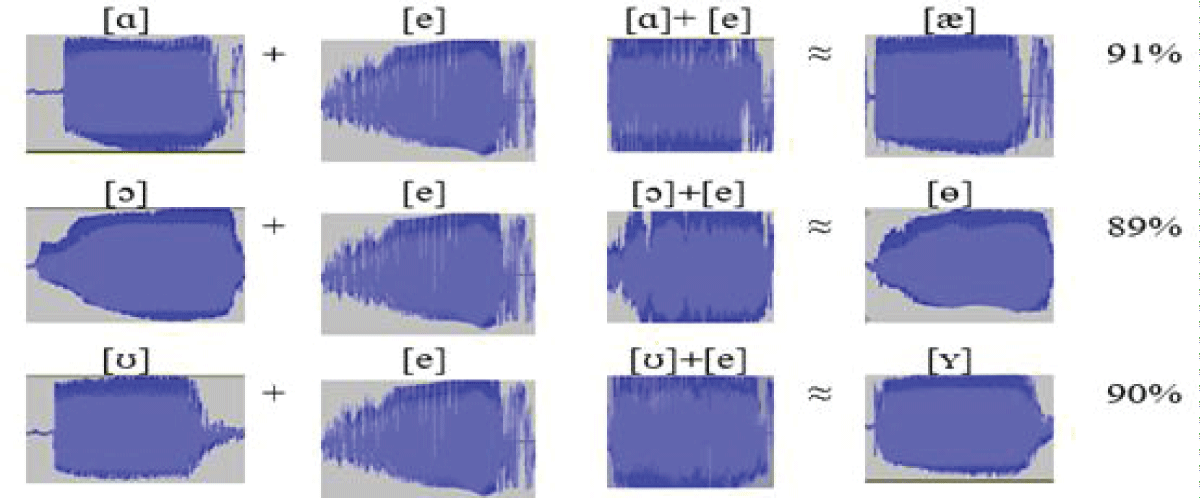The Kazakh Language Requires Reform of its Writing
The Necessity of Reforming the Kazakh Writing System
Kazakhstan’s linguistic journey has been marked by multiple changes in its writing system, from ancient Turkic runic inscriptions to modern-day adaptations. The need for reform in the Kazakh writing system is not just a cultural matter but a significant technical and educational requirement. This post delves into the necessity for an updated alphabet that reflects the unique phonetic system of the Kazakh language, considering modern linguistic research and technological advancements.
Historical Shifts and Challenges
The Kazakh language has transitioned through several scripts over centuries—starting with the Turkic runic alphabet, then the Arabic script, and later the Latin and Cyrillic alphabets. The current Cyrillic-based alphabet, adopted in 1940, consists of 42 letters, incorporating characters that do not align with the native phonemes of the Kazakh language. This inclusion of non-native letters, such as И, У, and Ё, contributes to inconsistencies in phoneme representation(igmin148).
Modern analysis suggests that many letters in the current script do not reflect true Kazakh sounds but rather phonemes borrowed from the Russian language. This deviation complicates pronunciation, spelling rules, and adherence to linguistic norms like the law of synharmonism(igmin148).
Digital Integration and Technological Considerations
In today’s global digital ecosystem, an effective writing system must support ease of use in technology. The integration of the Kazakh language into computing platforms is hindered by the non-standard characters of its current script. Utilizing a modified Latin alphabet would harmonize with global digital standards, reducing the need for custom fonts and additional software development(igmin148) 【Fulltext†source】.
Proposals for Reform
Research conducted by experts like Dr. Sharipbay Altynbek suggests that a reformed Kazakh alphabet should be based on the Latin script, eliminating redundant characters and correctly representing Kazakh phonemes(igmin148)【Fulltext†source】. This proposed script would address the errors of the current and previous versions and facilitate better communication, both digitally and in print.
Two proposed versions are highlighted:
- A Turkish-based Latin script incorporating diacritics to distinguish unique Kazakh sounds.
- An English-based script using digraphs, which would align with international usage(igmin148).
The Path Forward
The adoption of a Latin-based script could unify written communication among Kazakhs globally and simplify the integration of the Kazakh language into digital platforms. The move aligns with Kazakhstan’s ongoing efforts to modernize its language policy as part of its broader cultural and technological development【DOI†source】.
Conclusion
Updating the Kazakh writing system is not merely a nod to modernity but a necessary step toward preserving linguistic identity while embracing global standards. With careful implementation, a new alphabet could foster better literacy, streamline digital interactions, and uphold the unique sound structure of the Kazakh language.
Tags: Kazakh Language, Linguistic Reform, Latin Alphabet, Digital Integration, Cultural Identity.

Figure 1: Phonetic segmentation of the word "тауы – tawy- [tɑuɯ] ", where A is a spectrogram, B is a wave.

Figure 2: Geometric model of Kazakh vowel system based on 4 binary Articulatory features.

Figure 3: Classification of Kazakh vowels based on four binary Articulatory features.

Figure 4: Properties of vowel sounds of Kazakh language.
